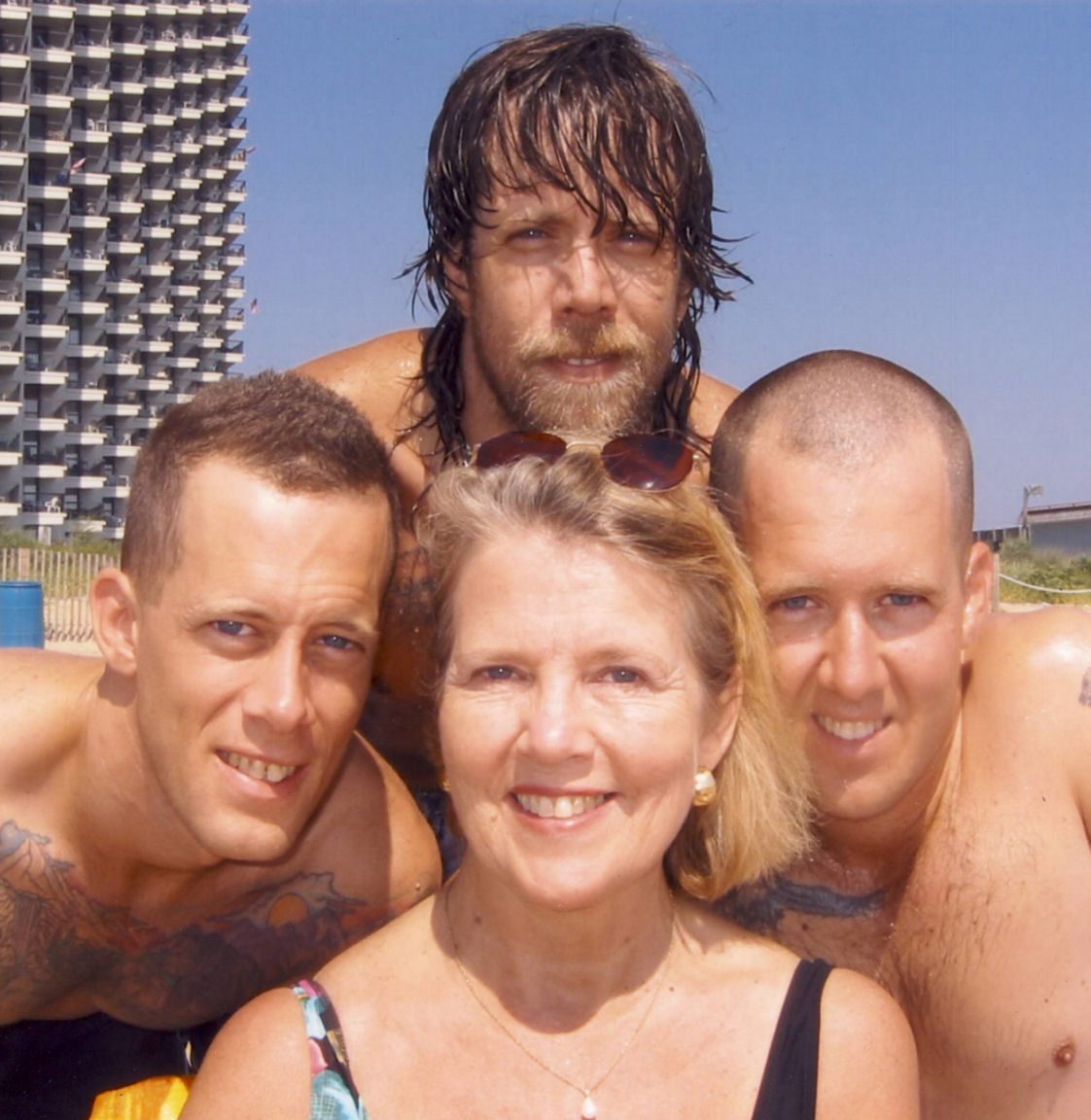

Throughout your respective, it’s good to focus on both the big picture and the low-level details of what has happened.
#Common retrospect for life how to
For example, “It helped me immensely when Sharita took five minutes to talk me through how to make the posting”. It’s not unusual for teams to think big with this question and talk about the project as a whole (and we fully support that!), but it’s also important to dig deeper, potentially surfacing more of the details. “Our project sponsors were impressed with the presentation.”.“By seeing what each of us was working on, we avoided some tasks that would have been wasted.”.

“Talking with the customer gave us insights we hadn’t noticed ourselves.”.Some examples of things that have gone well might be: Second, by explicitly acknowledging the positive, we have the opportunity to be deliberate in ensuring we continue to do what we need to do to keep those positive things happening. Noticing the positive can help to balance out the negative. Why is this important? First, because it’s healthy to take the time to recognize all is not doom and gloom. But asking ourselves what went well starts the Retrospective on a positive note and allows us to acknowledge all the good things that have happened, too. The Four Question Retrospective Question One: What Went Well? In the quest to make improvements, it’s natural to focus on pain points: things that didn’t go well. Retrospectives are about improving the way teams are working - both what we do and how we do it - which will become even clearer as we elaborate on what each question is designed to focus us on. The four questions themselves address the looking back part of the process - we’ll tackle the looking forward part (actions to embed improvement) at the end of this article.Įach of these four questions plays a vital role in understanding how things went for the team in working together. We Look at the Past to Improve the Future Before we delve into the specifics, it’s important to note that when we’re answering these questions, we must always be looking at the past. Her questions were different, but the core of the method is first reflecting on what has happened in the past (both positive and negative) and then deciding on what to do in the future to improve.

She developed a technique called the Daily Temperature Reading, aimed at keeping relationships healthy and happy. Virginia Satir, the “mother of family therapy”. Where Do Retrospectives Come From? Retrospectives are popular in the team-working world of the Lean and Agile community but the technique was inspired by the wonderful work of In our experience, understanding the background of the technique and the importance of the wording of the questions helps teams immensely in getting real value out of their retrospectives. But as with all things simple, it’s not necessarily easy.


 0 kommentar(er)
0 kommentar(er)
